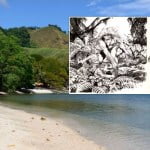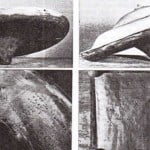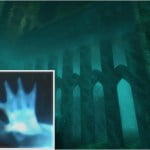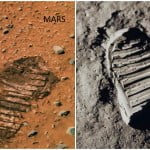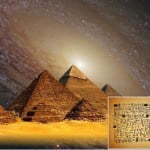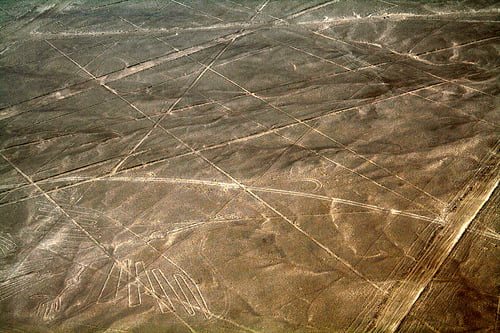
The Peruvian Nazca Lines are quite stunning by their own but they seem to amaze the scientists, even more, each day. The new 25 glyphs found in the Nazca desert make nothing but make us wonder who on Earth left them on the ground?
Archaeologists were searching the south of Peru in pursuit of new evidence when they came upon numerous new glyphs in drone fly-bys.
Смотрите подробности ar разработка под ключ здесь.
The Peruvian Ministry of Culture officially affirmed that new Nazca lines depicting whale and dancing women and many other things were found in the ancient Nazca Desert
The mysterious glyphs have perplexed everyone for years since no one could provide a solid answer that explains their origin and existence.
In the course of the time, many theories have emerged. Some insist the geoglyphs were put there on purpose as a praise for the gods. Others speculate they serve as landing pads for extraterrestrial UFOs.
Totally, there are over 800 straight lines, around 300 geometric figures and 70 animal and plant forms. Among them all, the most famous are the giant hummingbird, condor, monkey, spider and a pelican.
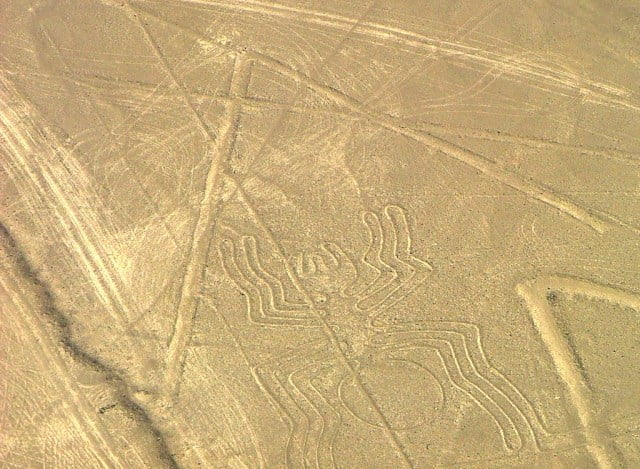
However, the freshly discovered lines became a real puzzle for the scientists. Namely, because they believe these lines exist thousands of years ahead of the rest of the Nazca lines.
According to Johny Isla, the lead archaeologist in the area, the new glyphs were left behind the Paracas culture more than 2,000 years ago.
Scientists initially believed that the Nazca people created the famous lines between 200 AD and 700 AD. However, now they think that the ancient Paracas and Topará civilizations also left their footprints on this place.
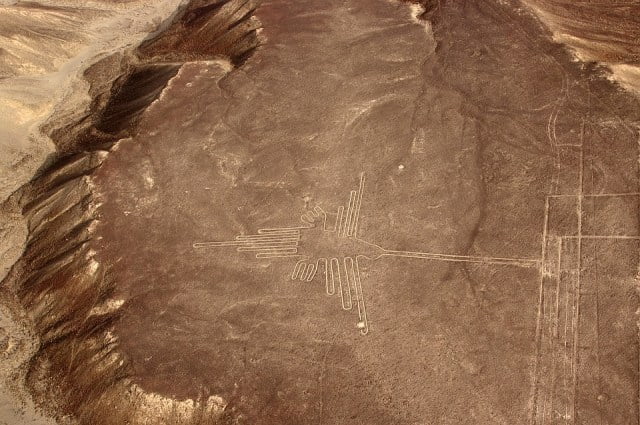
Mr. Isla said: “In total, we’re talking about 1,200 years in which geoglyphs were produced.”
The Nazca lines are only evident if you see from a birds-eye perspective. However, the new glyphs lay on the sides of hills which makes them easier to detect.
The Nazca Lines became a world heritage by UNESCO ever since in 1994.
Their first examination happened in 1926 by the Peruvian archaeologist Toribio Mejia Xesspe. At this point, the lines became a popular topic of much research but speculation as well.
The Nazca culture prospered in southern Peru between 1 AD and 700 AD.




